1. Roman Baths: Public Hygiene, Socializing, and Relaxation

In ancient Rome, public baths were more than just a place to clean up—they were a social hub. People would gather in these massive, often luxurious, bathhouses to bathe, exercise, and chat with friends. The Romans had a fascinating approach to hygiene, using water from heated springs to create steam rooms and hot baths that mimicked modern-day spas. They also had cold plunge pools to stimulate circulation, a ritual that modern wellness enthusiasts still swear by today.
Bathing in these public baths wasn’t just about cleanliness; it was also a time for the community to relax and mingle. The process was detailed, starting with a scraping tool known as a “strigil” to remove dirt and sweat before entering the water. The luxurious nature of these baths was a symbol of Roman engineering, and it’s no surprise they were built with marble and elaborate mosaics. While our daily showers may seem luxurious today, the Romans had perfected an entire bathing culture that combined hygiene, relaxation, and social life all in one.
2. Ancient Egyptians and Oil Cleansing
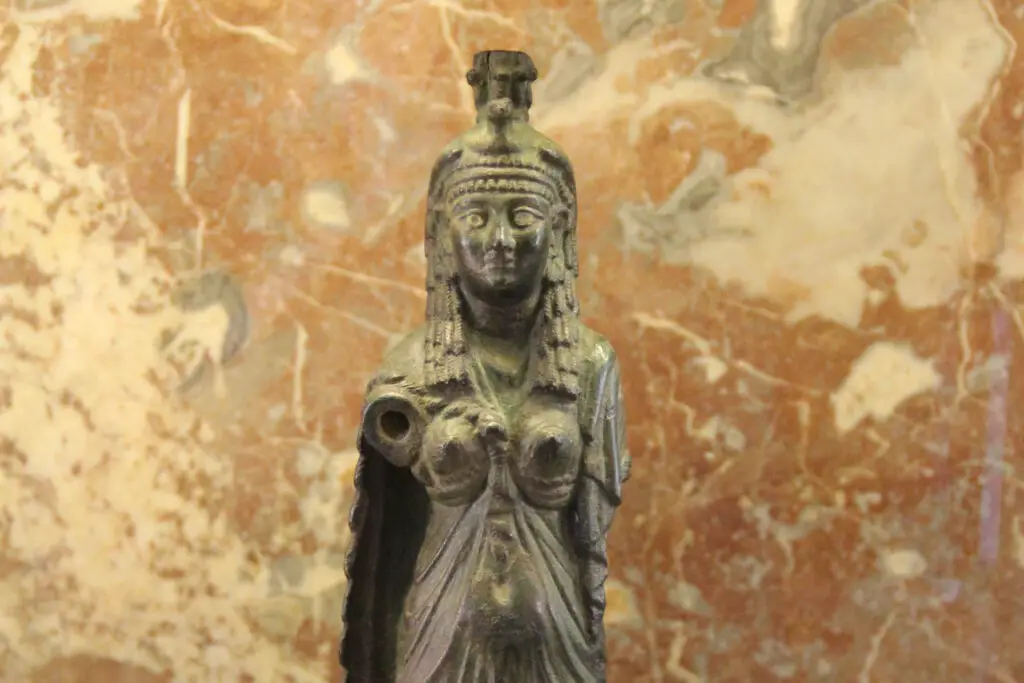
In ancient Egypt, the use of oils and perfumes for personal hygiene was widespread, especially among the upper class. While they didn’t have modern soap, Egyptians were incredibly advanced when it came to body care. They would use a variety of oils—often infused with fragrant herbs and flowers—to cleanse and moisturize their skin. These oils served both a practical and a ritualistic purpose, ensuring the skin remained healthy and soft under the harsh desert sun.
Rubbing oils into the skin was believed to provide protection from both the elements and disease. The Egyptians also relied heavily on scented balms to mask body odors, creating a sense of cleanliness that went beyond mere washing. Modern skincare might offer fancy lotions and potions, but the ancient Egyptians were already using luxurious oils in much the same way, making our daily routines seem a bit less groundbreaking in comparison.
3. Ancient Greeks and the Power of Scraping

The ancient Greeks took their cleanliness very seriously, but their approach was a bit different from modern soap-and-water routines. They used a tool called a “strigil” to scrape off dirt, sweat, and oil from their bodies, a method that might seem foreign to us today. After scraping, they would usually take a dip in a bath or wash with water to remove any remaining grime. The ritual of scraping was often part of an athletic workout, with athletes regularly using it to maintain their bodies after physical training.
Although we’ve moved on to showerheads and loofahs, the idea of exfoliating the skin with a dedicated tool continues in modern beauty routines. The Greeks were ahead of their time in understanding the importance of cleansing, circulation, and skin health, and their dedication to body care laid the groundwork for many of the practices we take for granted today.
4. The Japanese and the Art of Bathing
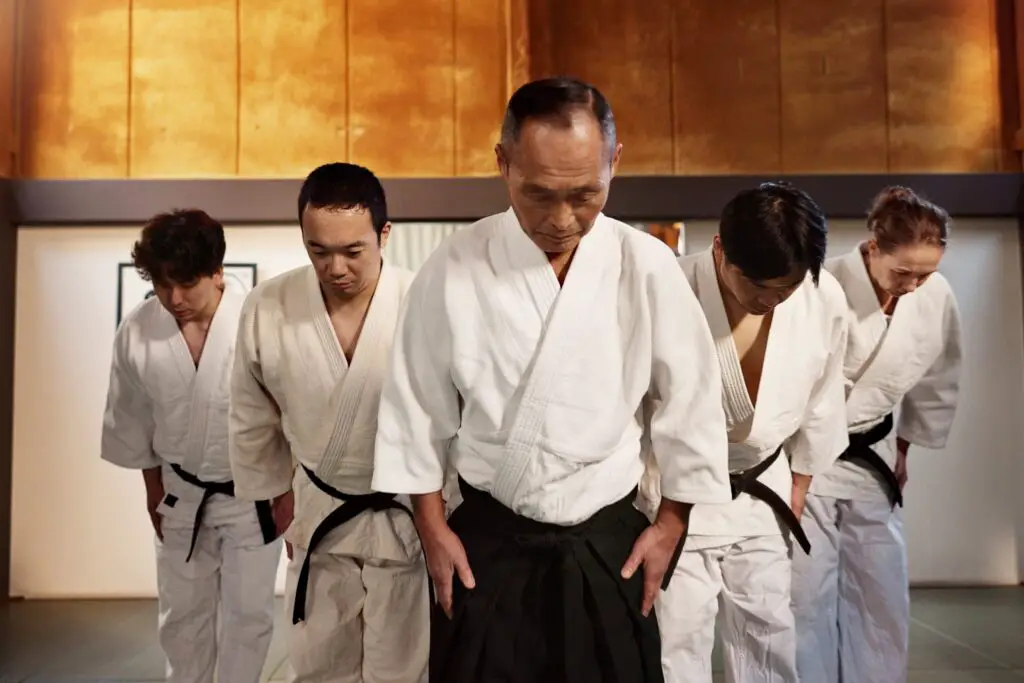
The Japanese have a centuries-old bathing culture that still influences modern hygiene rituals. The concept of bathing in Japan isn’t just about washing the body; it’s about ritual and relaxation. Traditional Japanese baths, known as “ofuro,” involve a two-step process: first, individuals cleanse their bodies thoroughly outside of the bath using water and soap, and then they soak in the hot tub. This method emphasizes cleanliness before relaxation, making the bath more of a spiritual experience than a simple hygiene routine.
Japanese onsen (hot springs) have been revered for centuries for their healing properties, with people traveling long distances to soak in mineral-rich waters. The dedication to this ritualized cleanliness is something modern spas have adopted, though the Japanese practice has been around for millennia. The intentional, slow-paced nature of Japanese bathing practices puts our rushed shower routines to shame, reminding us that hygiene can be both meditative and restorative.
5. Ancient Mesopotamians and Personal Grooming
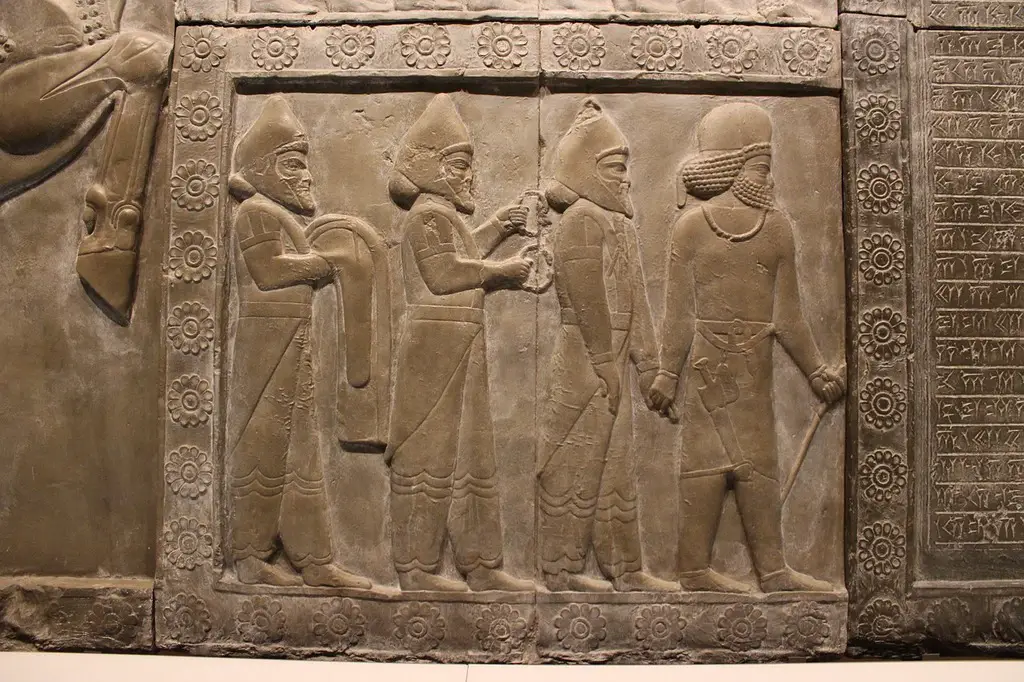
In ancient Mesopotamia, personal grooming was a major focus, with both men and women using various tools and techniques to stay clean and well-maintained. The use of a type of soap-like substance, made from animal fats and alkaline salts, was popular in Babylonian times. This early form of soap was likely the precursor to the cleaner products we use today, though it required a bit more effort to produce.
Mesopotamians also relied on perfumes and incense to mask unpleasant odors, not unlike modern deodorants and colognes. They were also keen on shaving and haircare, with evidence showing that they used tweezers and razors to groom themselves. While today’s razors may be much more advanced, the focus on personal grooming and cleanliness was just as important in Mesopotamian culture, making our modern routines look downright luxurious.
6. The Vikings and Steam Rooms
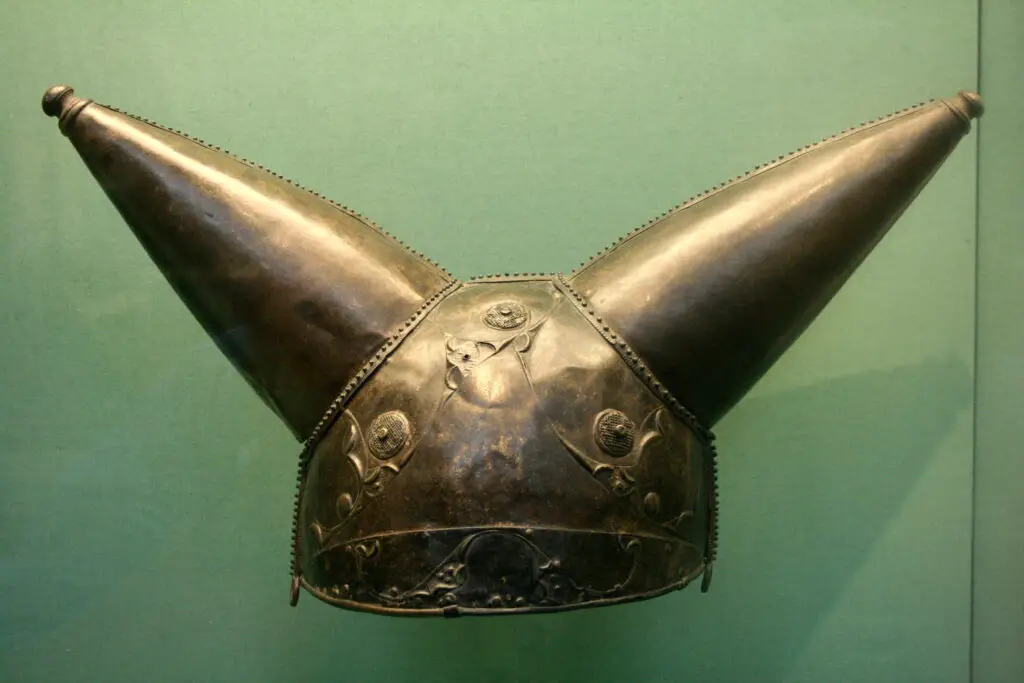
The Vikings had their own take on hygiene, with an emphasis on both cleanliness and toughness. They were known to use saunas or steam rooms to clean themselves, similar to the Finnish tradition that still persists today. After a day of raiding or working in the cold Northern climates, the steam rooms provided a way for Vikings to clean off sweat, dirt, and grime, and the heat also helped to soothe aching muscles.
In addition to the steam baths, the Vikings used combs and knives to groom their hair and skin. Despite living in an often harsh and rugged environment, they understood the importance of maintaining personal hygiene. Today’s spas, with their hot stone massages and saunas, echo the Viking tradition, but their dedication to cleanliness and relaxation still stands as a testament to their resourcefulness and health-consciousness.
7. The Egyptians and the “Cleaning” Powder
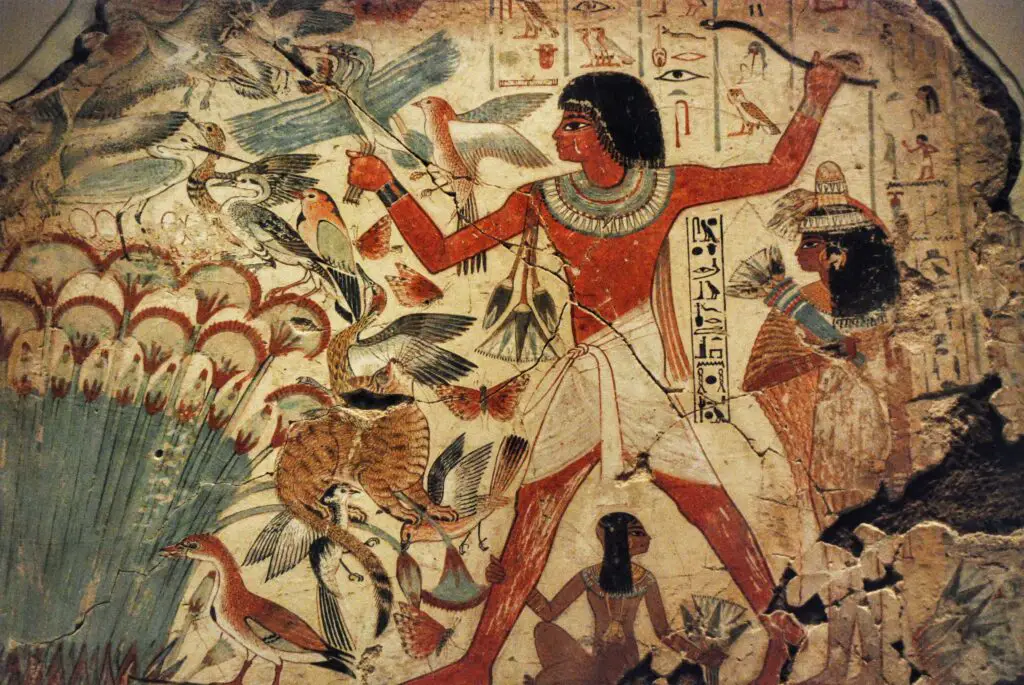
Ancient Egyptians were pioneers in the realm of body care, and one of their more unusual hygiene habits involved the use of a “cleaning powder” made from a mixture of minerals and herbs. This powder was rubbed onto the skin to absorb oils and dirt before being wiped away, offering an early form of dry shampoo or body powder. It was not just about cleanliness but also about protection from the sun and the harsh desert environment.
While modern body powders and dry shampoos might be more refined, the Egyptians were already onto the idea of keeping their bodies fresh and odor-free without the need for water. Their use of natural materials to maintain hygiene was incredibly advanced for its time, and it offers a glimpse into how ancient cultures found creative solutions to personal care—making our modern routines seem quite luxurious in comparison.
